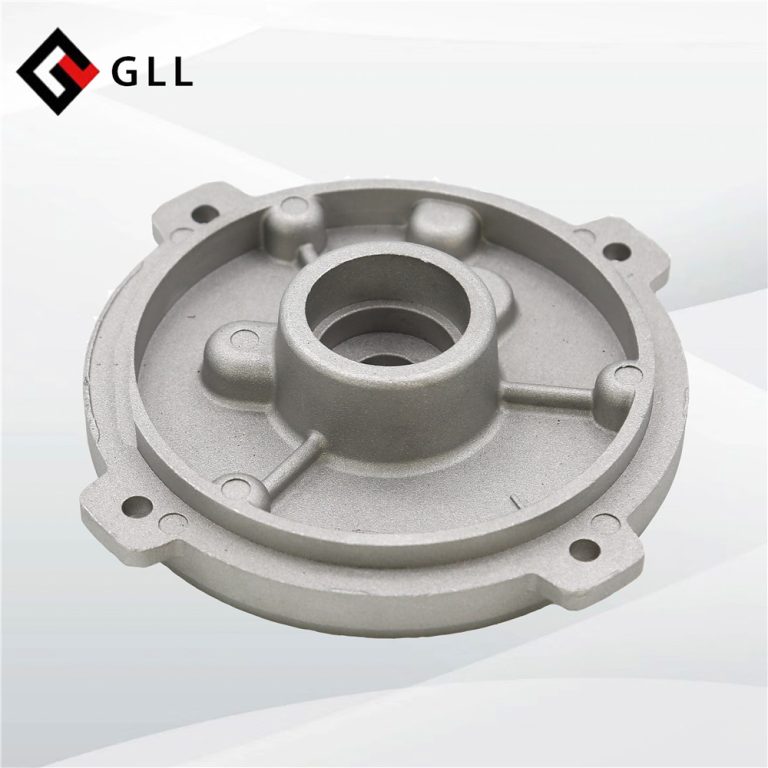






Sand casting is a type of casting process where molten metal is poured into a mold made of sand to create a metal object of a desired or designed shape. It is one of the oldest and most widely used methods for producing metal parts.
The sand used in the process is typically a mixture of silica sand, clay, and water. The mold is created by packing the sand mixture around a pattern, which is the shape of the desired object. The pattern is typically made of wood, plastic, or metal.
Once the sand has been packed around the pattern, the pattern is removed, leaving behind a cavity in the sand. Molten metal is then poured into the cavity, filling it and taking on the shape of the pattern. After the metal has cooled and solidified, the sand mold is broken apart to reveal the finished casting.
Sand casting is commonly used to produce objects with complex shapes, large parts, or low production runs. It is also often used for casting metals with high melting points, such as iron, bronze, and aluminum.


| Mold Material | Aluminum,45#, P20, H13, 718, 1.2344, 1.2738 and so on |
| Material | Aluminum Alloy ADC12 , A380 or customized . |
| Film Standard | Powder coating: 60-120 μ , Electrophoresis film: 12-25 μ. |
| Part Weight | from 3 g — 20kgs |
| Surface Treatment | Mill-Finished, Powder Coating, Polishing, Brushing, etc. |
| Drawing format | IGES, STEP, AutoCAD, SOLIDWORKS, STL, PTC Creo, DWG, PDF, etc.. |
| Deep Processing | CNC / Cutting / Punching / Checking / Tapping / Drilling / Milling |


Sand casting is used to following industries
Automotive industry: engine blocks, cylinder heads, transmission cases, and other components for cars and trucks.
Aerospace industry: aircraft engines, landing gear, and other aerospace applications.
Construction industry: Sand casting is used to produce decorative metal fixtures, fittings, and architectural elements such as door handles, hinges, and ornamental grilles.
Industrial equipment industry: pump housings, valve bodies, and other components for industrial machinery.
Agriculture industry: plows, cultivators, and harvesting machinery.
Marine industry: Sand casting is used to produce parts for boats, ships, and other marine equipment, such as propellers, rudders, and engine components.
Railroad industry: locomotives, such as engine blocks, cylinder heads, and other parts.
Mining industry: crusher parts, drill bits, and conveyor rollers.
Copyright © 2023·GLL CASTINGAll rights reserved.